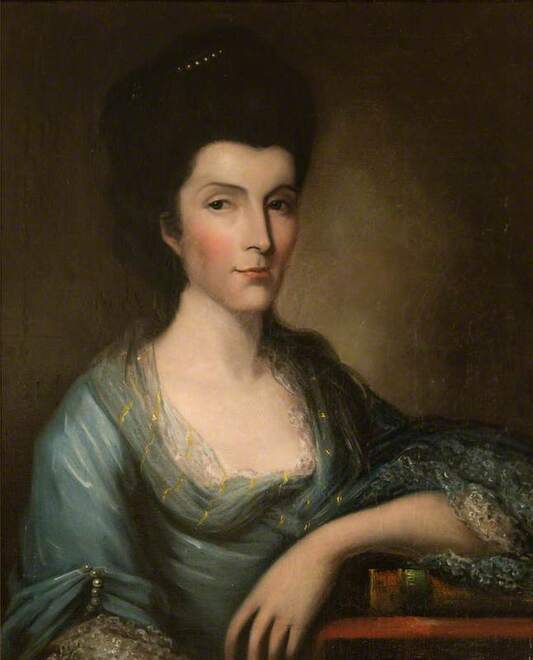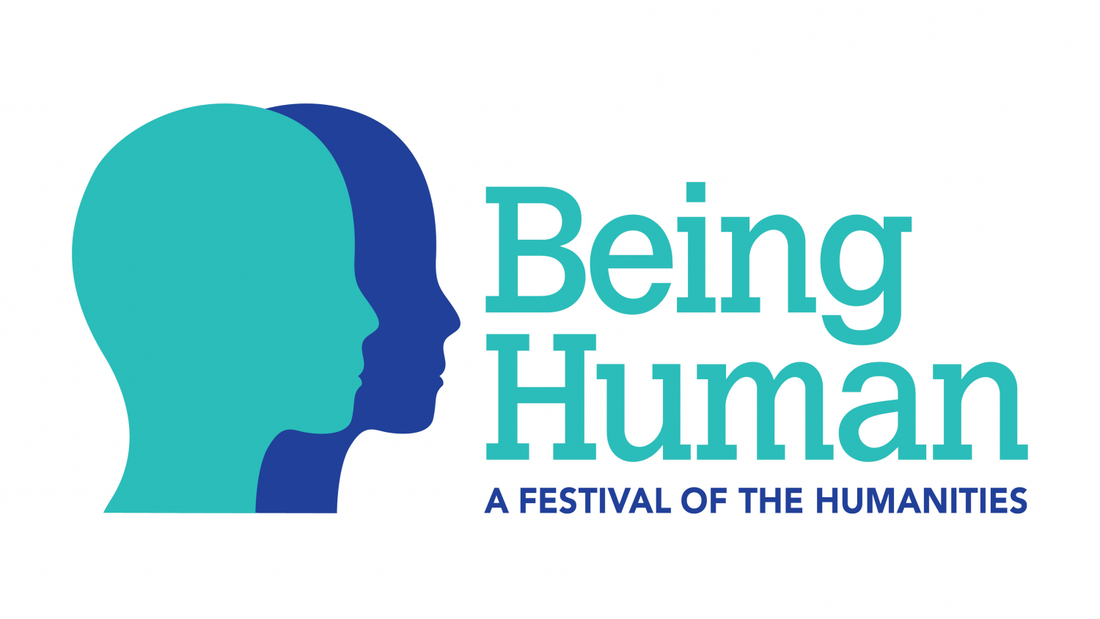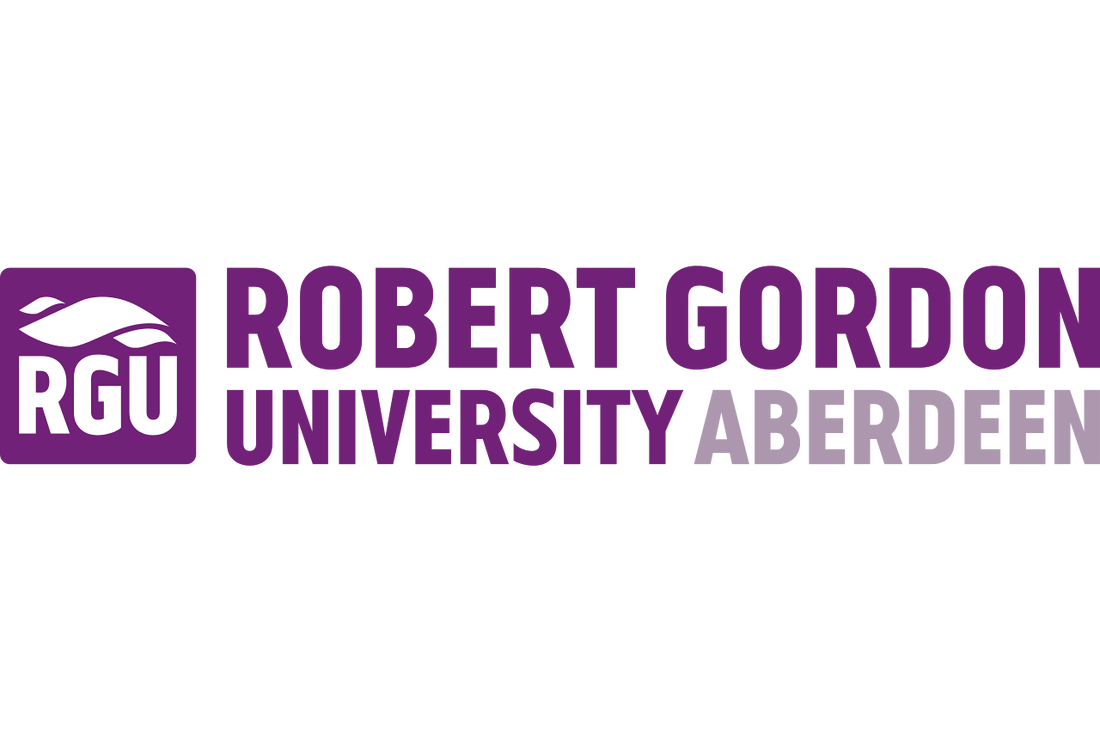HARRIOT STEUART LADY LEITH HALL (1734-1780)

Harriot Steuart was born at Auchlunkart (sometimes given as Auchlunchart but pronounced Afflunkart) in the Parish of Boharm in Banffshire in 1734. She was the daughter of Alexander Steuart of Auchlunkart (1708-1760) and his wife Jane Urquhart of Meldrum. The Steuarts' principal estate had been, historically, at Tannachy on the Banffshire coast, just south of modern-day Port Gordon. It was Harriot’s maternal grandmother, Helen Innes, an heiress, who brought the Auchlunkart estate into the possession of the Steuart family.
Harriot was baptised at the Kirk of Boharm; she was joined by a younger sister, Elizabeth (born 1736 and who married her cousin Patrick Steuart of Tannachy).
In 1756, Harriot married John Leith (III) of Leith Hall at Kennethmont in Aberdeenshire. John was the son John Leith II and his wife Mary Hay of Rannes. He was too young to be involved in the Jacobite upheavals of 1745-46, but his uncle, Andrew Hay of Rannes, was to spend nearly twenty years in exile on the Continent following Culloden. John and Harriot set about improving Leith Hall by building up the east wing, moving the stables from the courtyard to a new curved building of great elegance on the hill to the north of the house. It was an immensely happy marriage and four sons were born to it John (b 1757), Alexander (b 1758), James (b 1763), and Andrew (b 1764).
Their happiness was short-lived. In 1763, three days before Christmas, the Laird of Leith Hall rode into Aberdeen to dine with friends, leaving Harriot who was pregnant at home with their sons. There was a drinking party in a tavern in the Castlegate and John rose to the taunts of a Banffshire laird (Abernethy of Mayen) who accused him of adulterating the meal and grain sold from Leith Hall. Whether an honourable duel ensued or whether it murder in cold blood is not clear. John Leith III, aged 32, was shot in the head. He was brought back to Leith Hall, an appalling journey on poor roads in December, where he died on Christmas Day.
Harriot, a remarkable personality of vibrancy and determination, was ‘much sunk and greatly out order’. She was heavily pregnant and in 1764 a posthumous son was born after a very difficult labour; the child lived for only a year. For the next thirteen years Harriot became the magnificent saviour of the Leith family and the Leith Hall estate. She had the constant support and encouragement of her late husband’s uncle, Andrew Hay of Rannes by now able to return from his exile on the Continent. Harriot ran the estate with enormous efficiency and single-handled raised her three surviving sons. The eldest, John IV, had poor health and was consumptive. Harriot was constantly preoccupied by his health and, despite money being far from plentiful, she managed year after year to organise an expedition to France with her sons where the kinder climate was beneficial to John’s health. She heroically organised every detail of these trips from hiring carriages and horsemen, to renting rooms, employing tutors and buying asses for John’s milk. It was all in vain for John Leith IV died in London in 1778 aged 21 and it was her second son, Alexander (Sandie) who became laird.
In 1771, Harriot who had succeeded her father to the Auchlunkart estate sold it to her cousin, Andrew Steuart (from whom the later Steuarts of Tannachy and Steuart-Gordons of Cairnfield descend). She did, however, remove certain family portraits from Auchlunkart to Leith Hall of her father, her mother and two depicting her mother’s parents (the Urquharts of Meldrum). The sitters in these portraits have only been correctly re-identified in 2022 by the authors of this biography. The sale of Auchlunkart helped stabilise the Leith Hall finances for a time. However, it was Andrew Hay who was to save it in perpetuity by purchasing it outright and handing it back to his great nephew debt-free.
The indomitable Harriot deserved to live into a serene and magnificent old age, proud of the successes of her two surviving sons, enjoying the house and garden she had so improved, free at last of care and worry. It was not to be. Prematurely aged, she died in 1780 still in her middle years. Harriot Steuart Lady Leithhall is sitter in a striking portrait (by C Smith or WH Smith) that remains at Leith Hall.
Entry written by Vikki Duncan NTS & Peter Reid RGU
Further Reading
Leith-Hay of Rannes, H. (1957). Trustie to the end: the story of the Leith Hall family. Edinburgh: Oliver and Boyd.
Murray, P. (1985). Leith Hall. Edinburgh: National Trust for Scotland
Harriot was baptised at the Kirk of Boharm; she was joined by a younger sister, Elizabeth (born 1736 and who married her cousin Patrick Steuart of Tannachy).
In 1756, Harriot married John Leith (III) of Leith Hall at Kennethmont in Aberdeenshire. John was the son John Leith II and his wife Mary Hay of Rannes. He was too young to be involved in the Jacobite upheavals of 1745-46, but his uncle, Andrew Hay of Rannes, was to spend nearly twenty years in exile on the Continent following Culloden. John and Harriot set about improving Leith Hall by building up the east wing, moving the stables from the courtyard to a new curved building of great elegance on the hill to the north of the house. It was an immensely happy marriage and four sons were born to it John (b 1757), Alexander (b 1758), James (b 1763), and Andrew (b 1764).
Their happiness was short-lived. In 1763, three days before Christmas, the Laird of Leith Hall rode into Aberdeen to dine with friends, leaving Harriot who was pregnant at home with their sons. There was a drinking party in a tavern in the Castlegate and John rose to the taunts of a Banffshire laird (Abernethy of Mayen) who accused him of adulterating the meal and grain sold from Leith Hall. Whether an honourable duel ensued or whether it murder in cold blood is not clear. John Leith III, aged 32, was shot in the head. He was brought back to Leith Hall, an appalling journey on poor roads in December, where he died on Christmas Day.
Harriot, a remarkable personality of vibrancy and determination, was ‘much sunk and greatly out order’. She was heavily pregnant and in 1764 a posthumous son was born after a very difficult labour; the child lived for only a year. For the next thirteen years Harriot became the magnificent saviour of the Leith family and the Leith Hall estate. She had the constant support and encouragement of her late husband’s uncle, Andrew Hay of Rannes by now able to return from his exile on the Continent. Harriot ran the estate with enormous efficiency and single-handled raised her three surviving sons. The eldest, John IV, had poor health and was consumptive. Harriot was constantly preoccupied by his health and, despite money being far from plentiful, she managed year after year to organise an expedition to France with her sons where the kinder climate was beneficial to John’s health. She heroically organised every detail of these trips from hiring carriages and horsemen, to renting rooms, employing tutors and buying asses for John’s milk. It was all in vain for John Leith IV died in London in 1778 aged 21 and it was her second son, Alexander (Sandie) who became laird.
In 1771, Harriot who had succeeded her father to the Auchlunkart estate sold it to her cousin, Andrew Steuart (from whom the later Steuarts of Tannachy and Steuart-Gordons of Cairnfield descend). She did, however, remove certain family portraits from Auchlunkart to Leith Hall of her father, her mother and two depicting her mother’s parents (the Urquharts of Meldrum). The sitters in these portraits have only been correctly re-identified in 2022 by the authors of this biography. The sale of Auchlunkart helped stabilise the Leith Hall finances for a time. However, it was Andrew Hay who was to save it in perpetuity by purchasing it outright and handing it back to his great nephew debt-free.
The indomitable Harriot deserved to live into a serene and magnificent old age, proud of the successes of her two surviving sons, enjoying the house and garden she had so improved, free at last of care and worry. It was not to be. Prematurely aged, she died in 1780 still in her middle years. Harriot Steuart Lady Leithhall is sitter in a striking portrait (by C Smith or WH Smith) that remains at Leith Hall.
Entry written by Vikki Duncan NTS & Peter Reid RGU
Further Reading
Leith-Hay of Rannes, H. (1957). Trustie to the end: the story of the Leith Hall family. Edinburgh: Oliver and Boyd.
Murray, P. (1985). Leith Hall. Edinburgh: National Trust for Scotland



